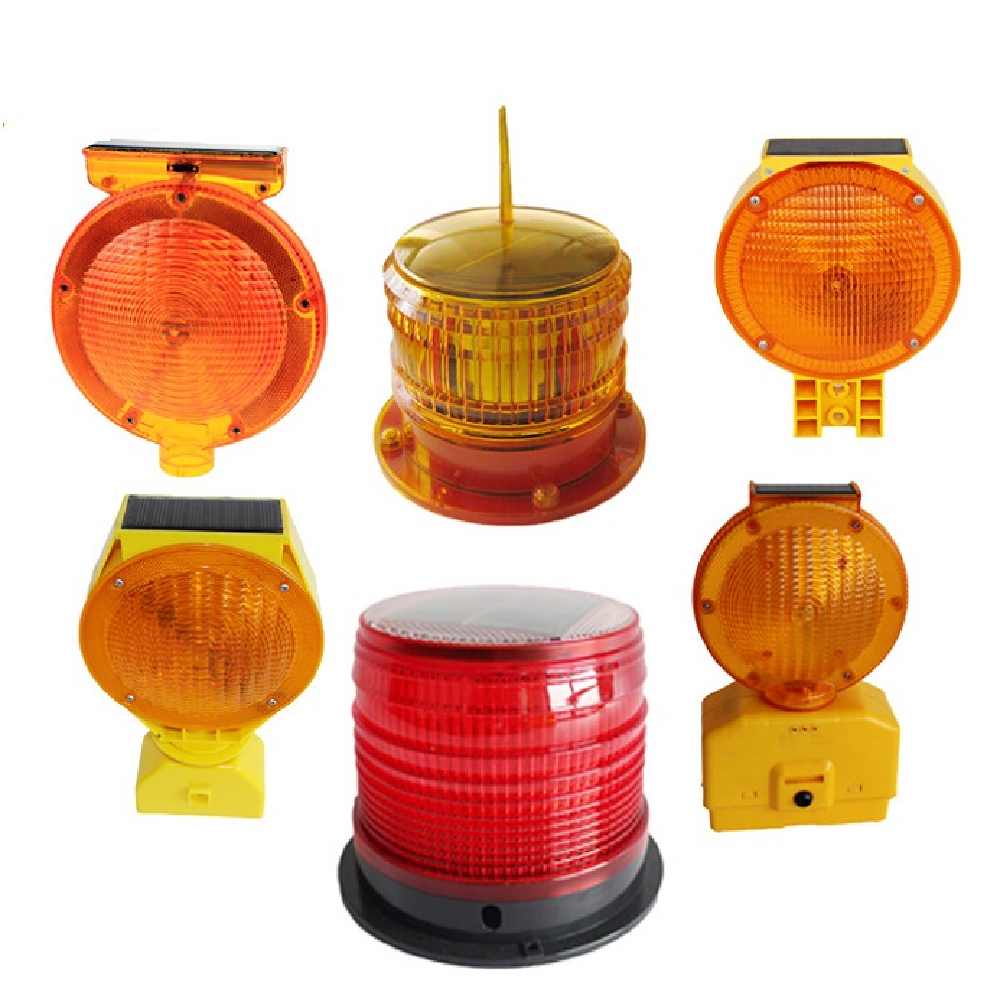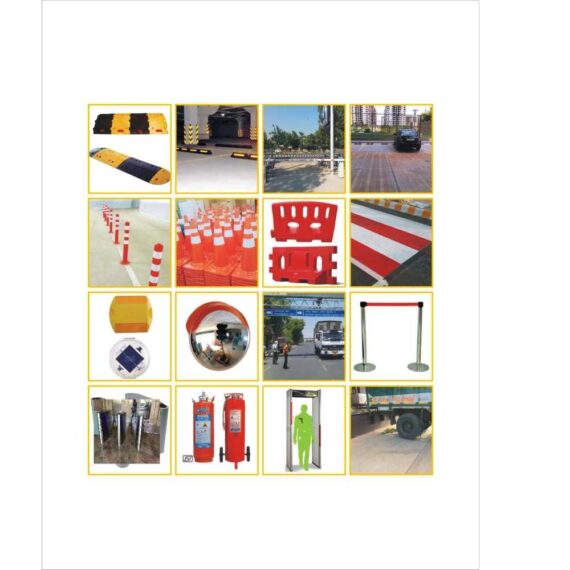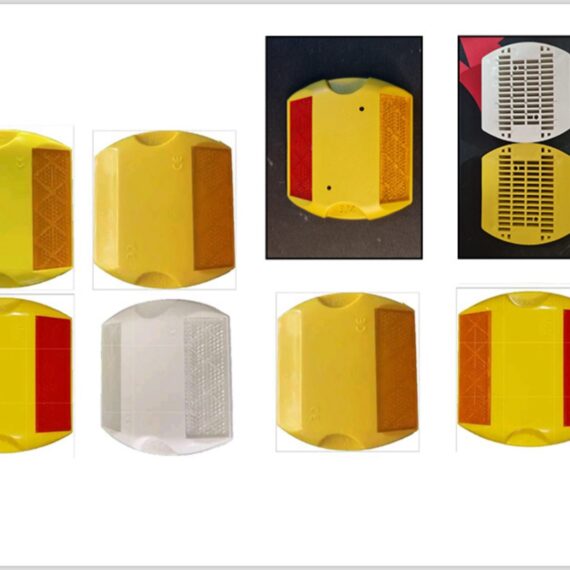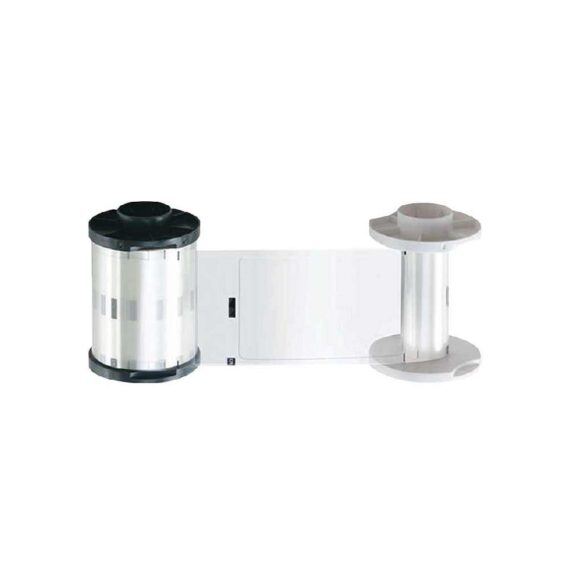Solar warning lights are self-contained, energy efficient lighting systems that use solar panels to charge batteries during the day, which then power LED lights at night. These lights are commonly used for various safety and warning purposes in different environments, including:
- Roads and Highways: These are used as road studs, signals, or to illuminate road signs to enhance visibility and safety, especially in remote areas without access to grid electricity.
- Marine and Aviation: Deployed as navigation aids on buoys, docks, airstrips, and helipads to provide guidance and prevent accidents.
- Construction Sites: These are utilized to mark hazardous areas, equipment, and temporary road changes to ensure safety for workers and the public.
- Public Spaces and Parks: These are Installed in pathways, parks, and public spaces to provide illumination and improve safety for pedestrians.
- Emergency Situations: Employed during disasters or power outages to ensure critical areas remain illuminated and visible.
- Key Features and Benefits
- Self-Sustaining: Operate independently of the electrical grid, reducing energy costs and making them suitable for remote locations.
- Environmentally Friendly: Utilize sustainable solar power to reduce carbon emissions and environmental impact.
- Low Maintenance: Require minimal upkeep due to the durability of LED lights and the long lifespan of solar panels and batteries.
- Enhanced Safety: Improve visibility in low-light conditions, helping to prevent accidents and enhance safety.
- Easy Installation: Typically require no wiring, making them easy to install and relocate as needed.
Types of Solar Warning Lights
- Solar Road Studs: Embedded in roads to outline lanes and enhance visibility.
- Solar Barricade Lights: Mounted on barriers or cones to alert and guide drivers and pedestrians.
- Solar Flashing Beacons: Installed at intersections, crosswalks, or other critical points to warn of potential hazards.
- Solar Navigation Lights: Used on waterways and airstrips to mark boundaries and guide navigation.
Considerations for Choosing Solar Warning Lights
- Brightness and Visibility: Ensure the lights are bright enough for the intended purpose and visible from the required distance.
- Battery Capacity: It has sufficient battery capacity ensures a steady supply of power for continuous illumination throughout the night and even on overcast days.
- Durability and Weather Resistance: Robust construction to withstand harsh weather conditions and physical impacts.
- Autonomy: These lights store sufficient battery backup to maintain operation during periods of low sunlight.
By incorporating these lights, organizations and municipalities can enhance safety and visibility in various environments while leveraging sustainable energy solutions.








Reviews
There are no reviews yet.